A serial killer in 1950s Wisconsin, Ed Gein killed and skinned his victims, making him the real-life inspiration for Leatherface and The Texas Chain Saw Massacre.
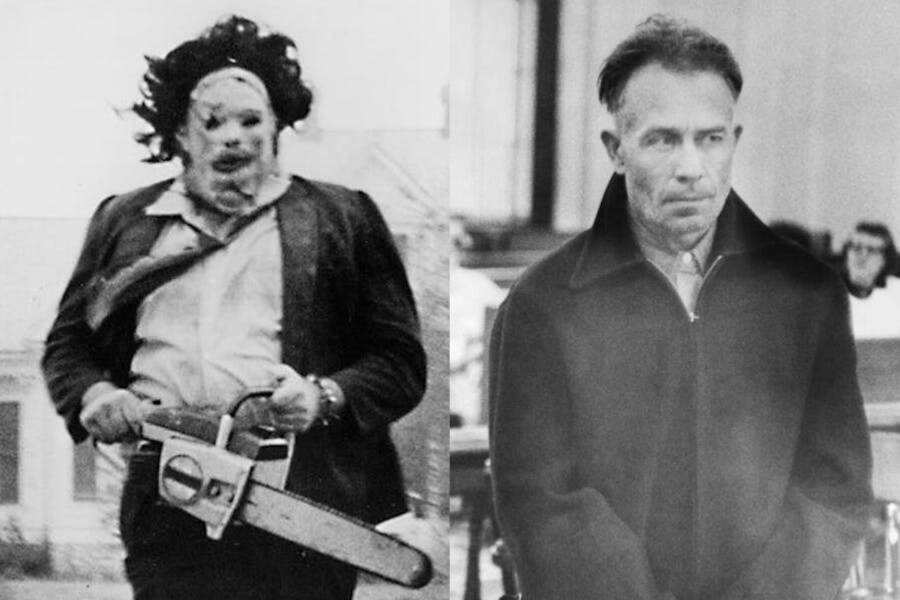
Vortex Inc./Getty ImagesThe real-life Leatherface, 1950s serial killer Ed Gein committed crimes so horrific that they became the true story that inspired The Texas Chain Saw Massacre.
The Texas Chain Saw Massacre is one of the most iconic and well-known horror movies of all time — and it was originally marketed as being based on a real story. In truth, this was mostly a gimmick to get more people to see the movie and served as a subtle commentary on the turbulent political climate of 1970s America. However, the claim that the The Texas Chain Saw Massacre was a true story wasn’t entirely false.
The true story behind The Texas Chain Saw Massacre was largely that of real-life killer Ed Gein, who made furniture, clothing, and keepsakes out of human body parts. And like The Texas Chain Saw Massacre‘s infamous Leatherface, Gein created a mask made of human skin.
But Ed Gein was not the only real-life inspiration behind The Texas Chain Saw Massacre. Other candidates for the distinction of “real-life Leatherface” are the Texas serial killer team of Dean Corll and Elmer Wayne Henley.
In the end, director Tobe Hooper drew inspiration from a number of sources — including his own dark fantasies one day during a Christmas shopping trip in 1972.
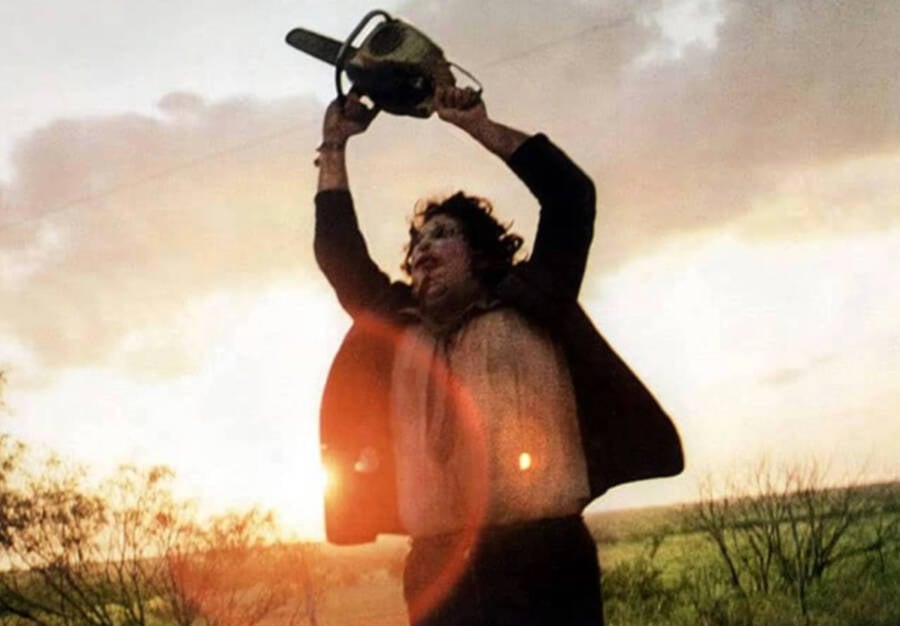
Vortex Inc.In the horrific true story behind The Texas Chain Saw Massacre, 1950s serial killer Ed Gein murdered several victims and turned their skins into keepsakes.
These are the true stories behind The Texas Chain Saw Massacre.
Ed Gein And The True Story Of The Texas Chain Saw Massacre
Ed Gein, the “Butcher of Plainfield,” is often cited as the biggest influence behind The Texas Chain Saw Massacre. In fact, Gein served as an inspiration for several other notorious silver screen psychopaths, including Psycho‘s Norman Bates and The Silence of the Lambs‘ Buffalo Bill.
Gein didn’t use a chain saw to kill his victims, but he did share one trait with his Texas Chain Saw Massacre counterpart: he made a mask out of human skin.
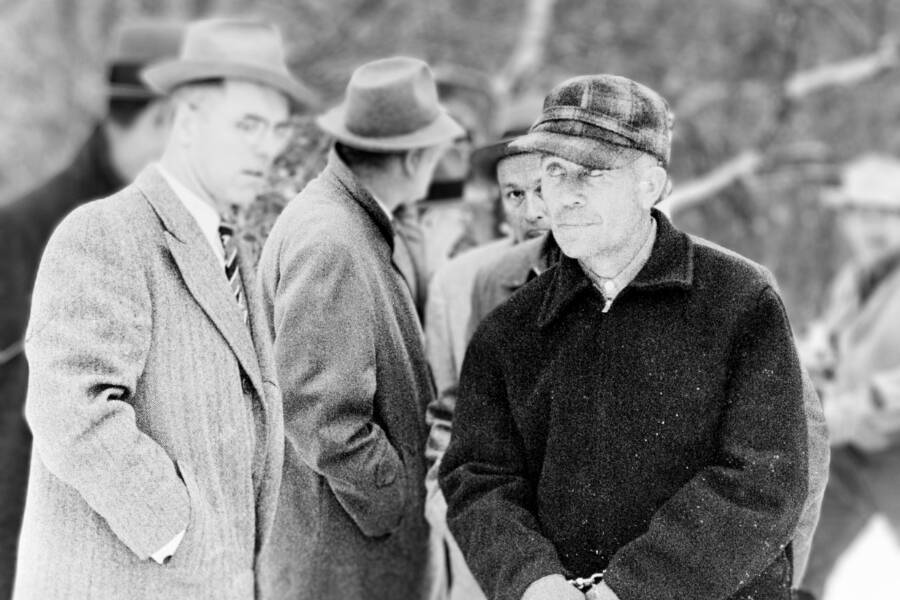
Bettmann/Getty ImagesReal-life Leatherface Ed Gein leading investigators around his property in Plainfield, Wisconsin.
Before he became a murderer, Edward Theodore Gein had grown up under the influence of his highly religious and authoritarian mother, Augusta, who told her sons, Ed and Henry, that the world was full of evil, that women were “vessels of sin,” and that alcohol was an instrument of the Devil.
While Henry clashed with Augusta, Ed took his mother’s lessons to heart. Then, one day in 1944, while Ed and Henry were burning away vegetation in their fields, Henry suddenly went missing. The fire had apparently gotten out of control, and emergency responders arrived to extinguish it — and found Henry’s body face down in the marsh, dead from asphyxiation.
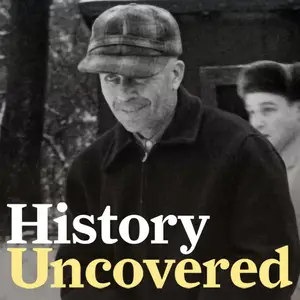
At the time, Henry’s death seemed like a tragic accident, but some believe that Henry had, in fact, been Ed’s first kill. With Henry out of the way, Ed and Augusta could live a peaceful, isolated existence, just the two of them. At least, until Augusta’s death one year later in 1945.
Following his mother’s death, Ed Gein turned the family farmhouse into a sort of shrine to her. His isolation from other people led him to obsess over dark topics like Nazi medical experiments and horror novels. He also spent much of his time viewing porn and studying human anatomy. Soon, his obsessions led him down an even darker path that helped become the true story behind The Texas Chain Saw Massacre.
The Real-Life Leatherface: Ed Gein’s Macabre Collection Of Body Parts
For over a decade after his mother’s death, Ed Gein indulged his macabre obsessions and fantasies — and followed through with some of them. He robbed graves, not for their valuables but to steal body parts to decorate his home.

Bettmann/Getty ImagesEd Gein’s farmhouse, where he collected body parts for over a decade and used bones and skin to make gruesome objects in the true story that inspired The Texas Chain Saw Massacre.
Gein’s horrific acts likely would have gone unnoticed had it not been for the disappearance of a 58-year-old woman named Bernice Worden in 1957. She was a hardware store owner whose last customer was Ed Gein.
When police arrived at Gein’s house to search for Worden, they found her body — decapitated and hung by her ankles from the rafters in the house. They then discovered other horrors inside Ed Gein’s home, including numerous human skulls and bones, and furniture made out of human skin.
Authorities also found the remains of another woman, Mary Hogan, who had gone missing a few years earlier. But it wasn’t just Hogan and Worden whose bodies had been mutilated by Gein. Police found body parts from a number of different women — including nine different women’s genitals.
Though Gein only admitted to killing Hogan and Worden, and claimed that he had simply stolen the other women’s body parts from nearby graves, it remains unknown what Gein’s true number of victims was.
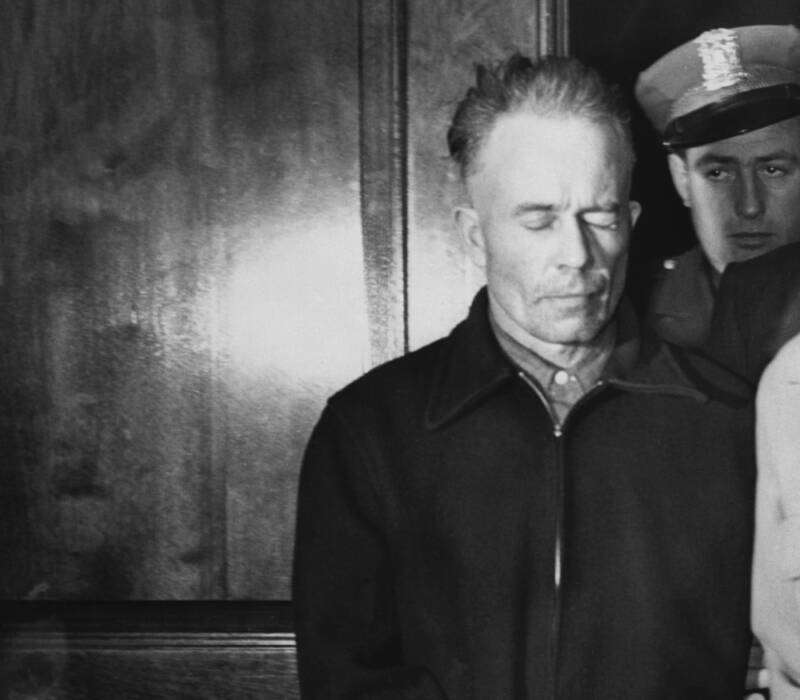
Bettmann/Getty ImagesEd Gein, whose chilling true story helped inspire The Texas Chain Saw Massacre, pictured in court after his arrest.
Chillingly, Gein’s ultimate goal, he told police, was to create a “woman suit” so that he could “become” his mother. After his arrest, he was deemed criminally insane and he spent the rest of his life in mental hospitals.
It’s not difficult to see how the disturbing aspects of Gein’s life — an obsession with his mother, using human bodies to craft furniture, and wearing a mask made of human skin — worked their way into horror movies and earned him the unofficial title of the “real-life Leatherface.”
But The Texas Chain Saw Massacre is not a retelling of Ed Gein’s life, and Tobe Hooper’s inspiration for the film stemmed from other true stories as well.
How Elmer Wayne Henley And Dean Corll Helped Inspire The Texas Chain Saw Massacre
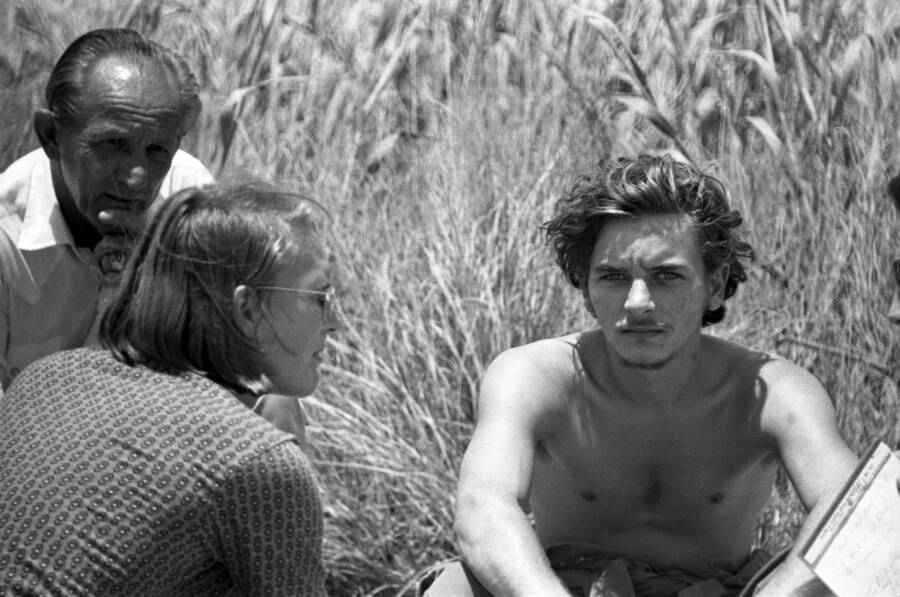
Bettmann/Getty ImagesThe true story of Elmer Wayne Henley (pictured here) was one of many that inspired The Texas Chain Saw Massacre.
In an interview with Texas Monthly, The Texas Chain Saw Massacre co-writer Kim Henkel explained that while Ed Gein served as a major source of inspiration for the horror film, there was another infamous killer who helped influence the creation of Leatherface: Elmer Wayne Henley.
“He was a young man who recruited victims for an older homosexual man,” Henkel said. “I saw some news report where Elmer Wayne was identifying bodies and their locations, and he was this skinny little ol’ seventeen-year-old, and he kind of puffed out his chest and said, ‘I did these crimes, and I’m gonna stand up and take it like a man.’ Well, that struck me as interesting, that he had this conventional morality at that point. He wanted it known that, now that he was caught, he would do the right thing. So this kind of moral schizophrenia is something I tried to build into the characters.”
Henley was an accomplice of one of America’s most brutal serial killers, “Candy Man” Dean Corll, who he met when he was just 15 years old. The teen had grown up with an abusive father, and though his mother left with her sons when Henley was 14, the trauma stayed with him. Corll used Henley’s troubled past to become a sort of depraved mentor to him. This pair of Texans ultimately developed an unusual, yet strong bond.
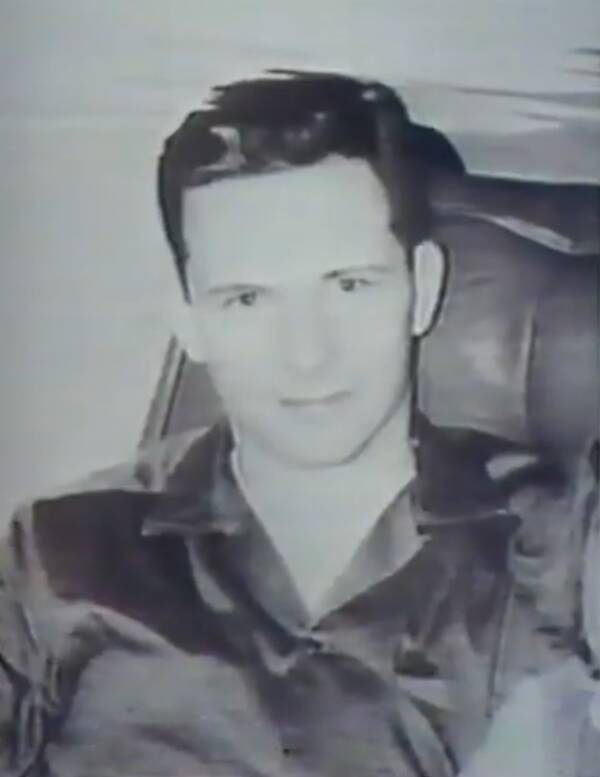
YouTubeDean Corll pretended to be an ordinary electrician — and many people bought the facade.
“I needed Dean’s approval,” Henley later said of Corll. “I wanted also to feel like I was man enough to deal with my father.”
Eventually, Corll began paying Henley to bring him victims, teenage boys whom Corll would rape and murder. Corll offered Henley $200 for every boy he brought to him — and possibly more, if they were good looking.
At first, Henley thought Corll was selling these boys to a human trafficking ring. It wasn’t until later that Henley realized Corll was killing them.
Then, Henley graduated to a full-on accomplice, bringing his own friends to Corll and helping to hide their bodies. In at least six of Corll’s 28 known murders, Henley himself played a direct role in killing the victims.
Their murderous spree — alongside Corll’s other young accomplice David Owen Brooks — ultimately came to an end on August 8, 1973, when Henley brought two of his friends, Tim Kerley and Rhonda Williams, to Corll’s home to party. Corll was furious with Henley for bringing a girl over. To appease Corll, Henley offered to help him rape and murder the two.
But when Corll and Henley entered the bedroom where Williams and Kerley were tied up, Henley snapped and fatally shot Corll. Soon afterward, Henley called the police to confess what he had done. He and Brooks later led investigators to the places where Corll’s victims were buried. Both Henley and Brooks were sentenced to life in prison for their roles in the crime spree.
Interestingly, while Henley took responsibility for helping Corll, he showed little remorse for the actual crimes. “My only regret is that Dean isn’t here now, so I could tell him what a good job I did killing him,” Henley said.
And though Henley and Corll helped make up the true story behind The Texas Chain Saw Massacre, director Tobe Hooper even took some inspiration from his own life.
The True Story Of The Texas Chain Saw Massacre: How Tobe Hooper Dreamed Up Leatherface
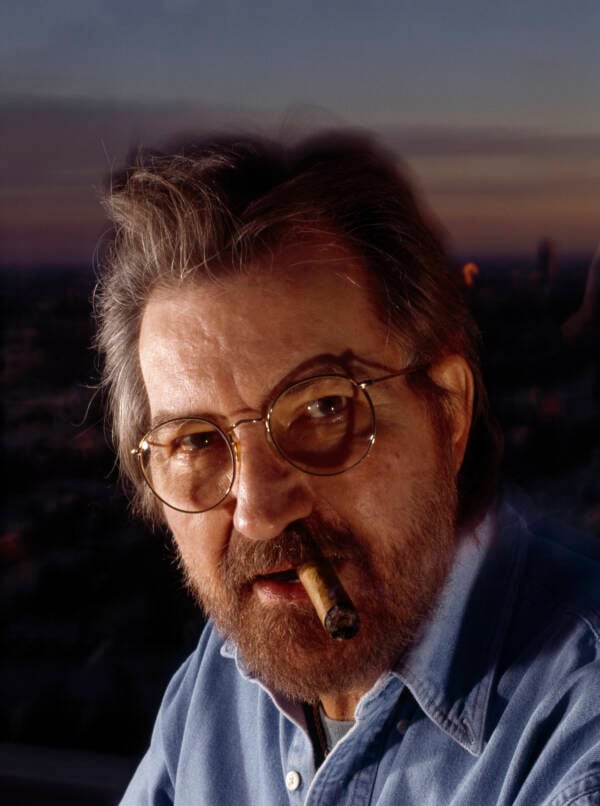
Evan Hurd/Sygma/Sygma via Getty ImagesDirector Tobe Hooper, pictured here, drew from many true stories when creating The Texas Chain Saw Massacre.
The most surprising true story behind The Texas Chain Saw Massacre came from Tobe Hooper’s own experience while Christmas shopping in 1972.
As Hooper explained, he was frustrated with the busy crowd and happened to be at a standstill near a display of chain saws and thought to himself, “I know a way I could get through this crowd really quickly.”
Thankfully, Hooper didn’t use a chain saw to tear through the crowd that day, but the moment did lead him to give Leatherface his infamous chain saw.
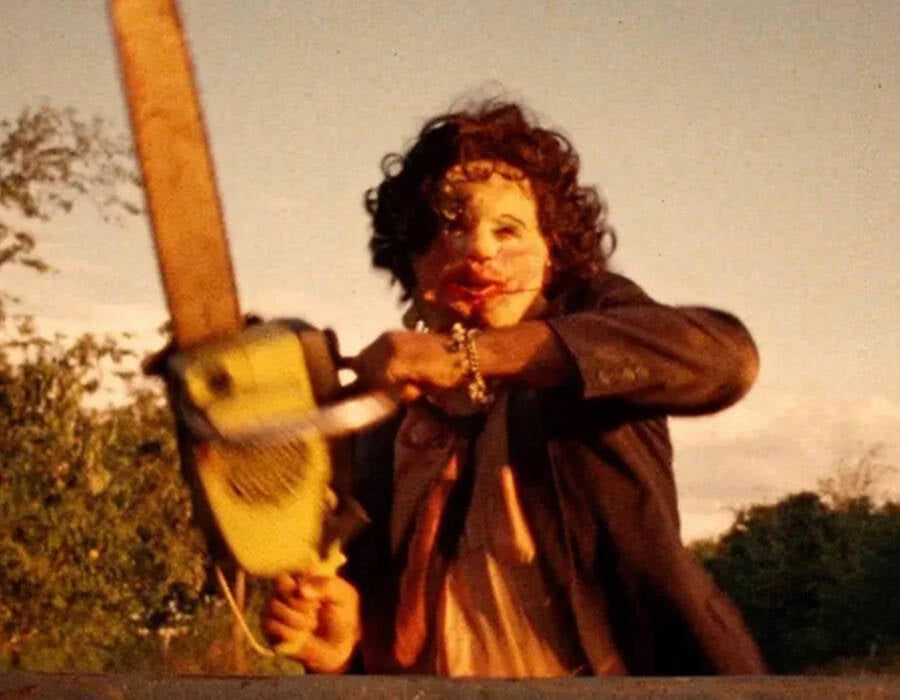
Vortex Inc.For shocked viewers of The Texas Chain Saw Massacre who were left asking “was Leatherface real?,” the terrifying truth is that there were several actual killers who did inspire his grisly crimes.
While dreaming up Leatherface, Hooper also recalled a doctor who had once told him that when he was a pre-med student, “he went into the morgue and skinned a cadaver and made a mask for Halloween.” That bizarre memory helped the character come together even quicker.
“I went home, sat down, all the channels just tuned in, the zeitgeist blew through, and the whole damn story came to me in what seemed like about 30 seconds,” Hooper said. “The hitchhiker, the older brother at the gas station, the girl escaping twice, the dinner sequence, people out in the country out of gas.”
And thus, one of history’s most famous horror movies was born. And while the film has remained an iconic and terrifying piece of cinema for decades, the true story of The Texas Chain Saw Massacre will always be all the more chilling.
After learning about the real-life Leatherface and the true story of The Texas Chain Saw Massacre, check out other horror films based on real stories. Then, read about the eerie true stories that inspired “The Legend of Sleepy Hollow.”






